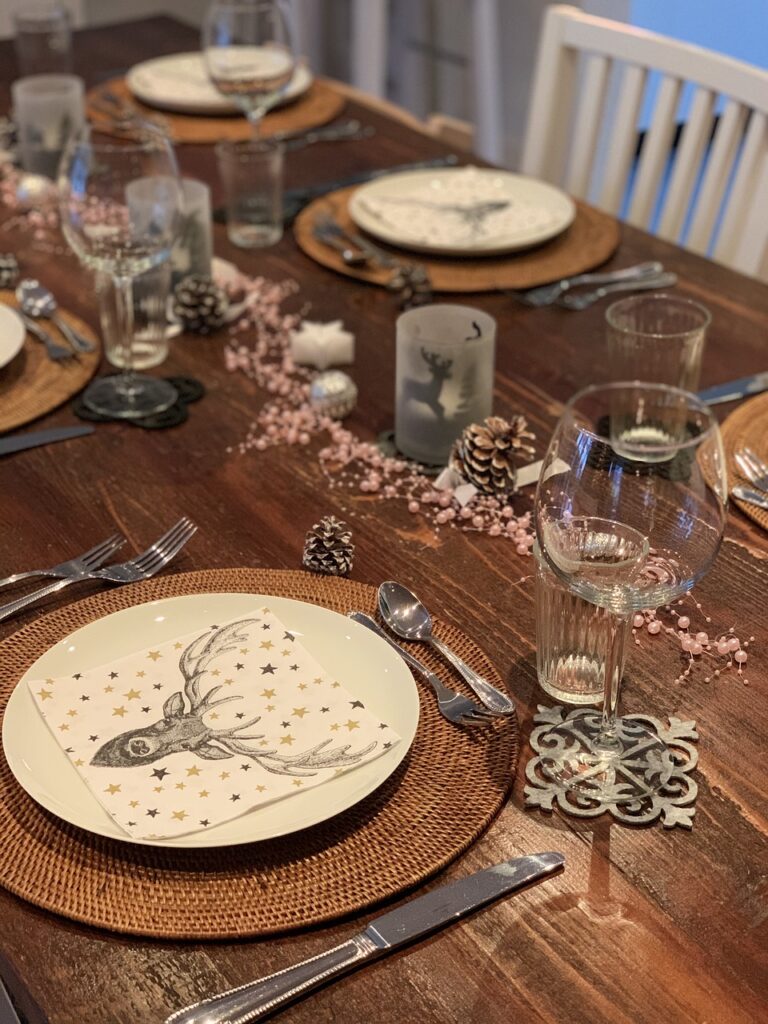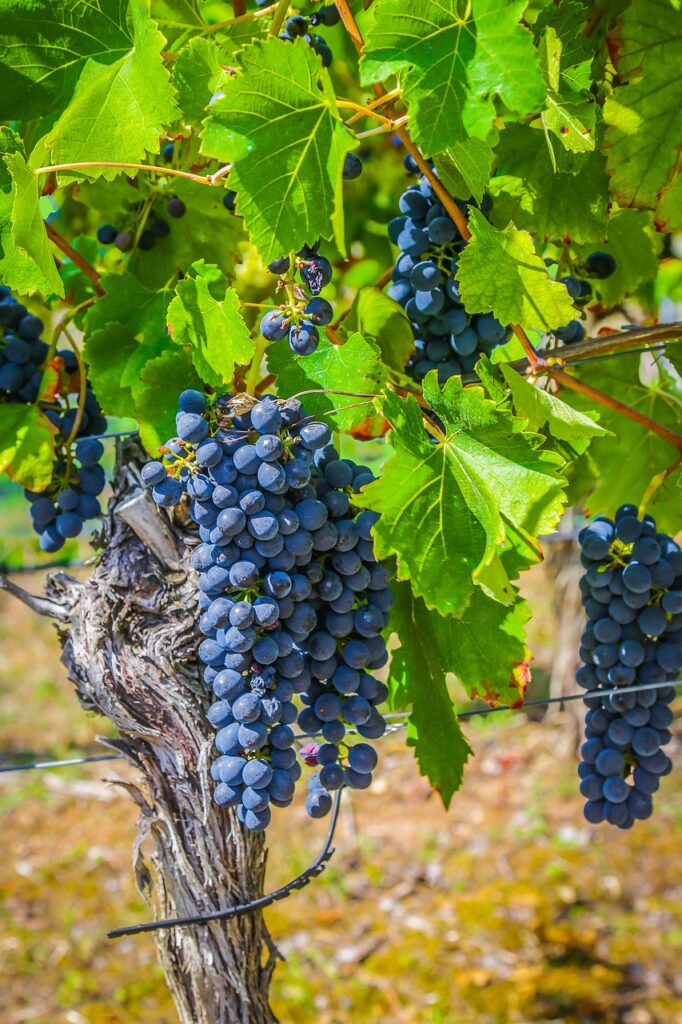
The Ultimate Guide to Low-ABV and Non-Alcoholic Wines for Dry January
As the wellness movement continues to shape our lifestyles, wine enthusiasts are increasingly seeking out options that balance enjoyment with moderation. Whether it’s for Dry January, a quiet weekday dinner, or just a desire to cut back, low-alcohol and alcohol-free wines are enjoying a well-deserved moment in the spotlight. But how do these options measure up, and which ones are worth your time? Let’s dive into this fascinating trend and explore what’s on offer.
Why Choose Low-ABV or Alcohol-Free Wines?
The appeal of low-alcohol (low-ABV) and non-alcoholic wines is rooted in versatility and mindfulness. For those who love wine but want to avoid the aftereffects, these options allow you to enjoy the ritual of pouring a glass without overindulging. Additionally, they’re perfect for:
- Social occasions where you’d prefer to pace yourself or drive home.
- Pairing with meals during the workweek without feeling sluggish afterward.
- Participating in Dry January or other alcohol-free challenges.
Supporting a healthier lifestyle while still enjoying the complexity of wine.
Plus, let’s face it — sometimes you want the vibes without the hangover. These wines fit the bill perfectly. With this trend gaining momentum, it’s becoming easier than ever to find options that satisfy both the palate and the conscience.
What Makes a Good Low-ABV or Alcohol-Free Wine?
While some sceptics worry that these wines might lack depth, advances in winemaking techniques have ensured that quality is better than ever. Here’s what to look for:
Flavour Complexity: Even without alcohol, a good wine should retain the balance of acidity, sweetness, and tannins that make it enjoyable. Think of it as all the fun of wine, minus the fuzzy head.
Production Method: Look for wines made through methods such as vacuum distillation or reverse osmosis, which preserve aroma and taste. These techniques are game-changers for alcohol-free options.
Style Variety: From sparkling to still, reds to whites, and even rosé, the best options cater to diverse preferences. Many producers are now experimenting with bold flavours and creative blends, offering exciting alternatives for every wine lover.

Top Low-ABV Wines to Try
If you’re easing into the world of low-alcohol wines, these options are a great place to start:
- German Kabinett Riesling: With a naturally low ABV of around 7-9%, these wines are delicately sweet with vibrant acidity. They’re perfect for Asian cuisine or a light cheese board.
- Moscato d’Asti: This lightly sparkling Italian wine typically hovers around 5-6% ABV and is ideal for dessert or a refreshing aperitif. Bonus: it’s like sipping sunshine in a glass.
- Vinho Verde: A crisp and zippy white from Portugal, with ABVs as low as 9%, making it a delightful option for warm afternoons. Pair it with grilled seafood or fresh salads for a harmonious experience.
Lambrusco: This sparkling red wine from Italy often has an ABV around 8-10% and is a fun, fizzy companion to pizza or charcuterie.
The Rise of Non-Alcoholic Wines
Non-alcoholic wines, once relegated to uninspiring supermarket shelves, are now becoming a sophisticated choice for many. Brands like Noughty, Eisberg, and Lyre’s are leading the charge with impressive alcohol-free offerings. Here are some standout styles:
Sparkling Wines: Perfect for celebrations, these options deliver the fizz and flavour without the buzz. Noughty Sparkling Chardonnay is a crowd-pleaser with its crisp apple and citrus notes. For those who enjoy a touch of sweetness, Edenvale Sparkling Cuvee is a delightful option.
Rosé Wines: Light, refreshing, and pretty in pink, ideal for summer picnics or a lazy Sunday brunch. Freixenet Alcohol-Free Rosé offers floral notes and a crisp finish.
Reds with Depth: Look for non-alcoholic reds like Torres Natureo Syrah, which retains the structure and richness of traditional red wines. Pair it with pizza or a cosy stew for maximum comfort. Another option to try is McGuigan Zero Shiraz, with its bold fruit flavours and smooth texture.
Exploring the Science Behind Non-Alcoholic Wines
You might wonder how winemakers achieve such remarkable results without alcohol. The key lies in advanced techniques like vacuum distillation, which gently removes alcohol while preserving flavour compounds. Reverse osmosis is another popular method, filtering out alcohol through a fine membrane. These processes ensure that the final product delivers an authentic wine experience, even without the alcohol content.

Food Pairing Tips for Low-ABV and Non-Alcoholic Wines
Pairing these wines with food is easier than you might think. Here are some quick suggestions:
- Low-ABV Whites: Pair beautifully with lighter dishes like salads, seafood, and vegetarian pastas. Try a Vinho Verde with grilled prawns for a match made in heaven.
- Non-Alcoholic Reds: Go well with roasted vegetables, grilled meats, or hearty stews. They’re also a great partner for charcuterie boards. Experiment with a Natureo Syrah and a savoury lentil casserole.
- Sparkling Options: A versatile choice for anything from canapés to desserts. Serve a sparkling rosé with fresh strawberries for a simple but elegant pairing. For something savoury, pair a sparkling white with smoked salmon or goat’s cheese.
Fun Ways to Explore Low-ABV and Non-Alcoholic Wines
So, you’re intrigued and ready to give these wines a go. Here are some ideas to make your journey enjoyable:
Host a Tasting Party: Invite friends over and sample a mix of low-ABV and non-alcoholic wines. Create a scoring sheet and see which ones are the crowd favourites. Consider themes like sparkling wines or reds for winter evenings.
Plan a Wine and Food Night: Pair different wines with small plates. For example, try low-ABV whites with sushi or vegetable stir-fries, and non-alcoholic reds with hearty sliders or mushroom risotto.
Explore Local Options: Check your local wine shop or supermarket for regional low-ABV or alcohol-free selections. Many producers are introducing these wines to cater to growing demand.
Build Your Dry January Collection: Stock up on a variety of styles to keep things interesting throughout the month. Alternate between sparkling, red, and white options to discover your favourites.
Experiment with Mocktails: Use non-alcoholic wines as a base for creative mocktails. A sparkling white can be transformed into a refreshing spritz with the addition of soda water, fresh mint, and a slice of citrus.

Looking Ahead: The Future of Low-ABV and Alcohol-Free Wines
The wine industry is adapting to the growing demand for mindful drinking. As techniques improve and consumer interest grows, we can expect to see even more innovative offerings. Imagine alcohol-free wines aged in oak barrels for added complexity or blends tailored to mimic the profiles of beloved varietals. The possibilities are endless.
Final Thoughts
The wine world is evolving, and these options prove that cutting back doesn’t mean missing out. With so many delicious and creative choices, there’s never been a better time to embrace the trend. Whether you’re celebrating Dry January, experimenting with moderation, or just curious about what’s out there, low-ABV and non-alcoholic wines have something for everyone. Cheers to a more mindful way of sipping — no compromises needed!
